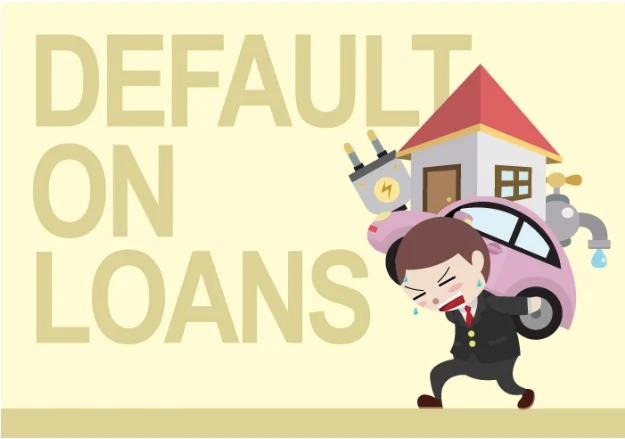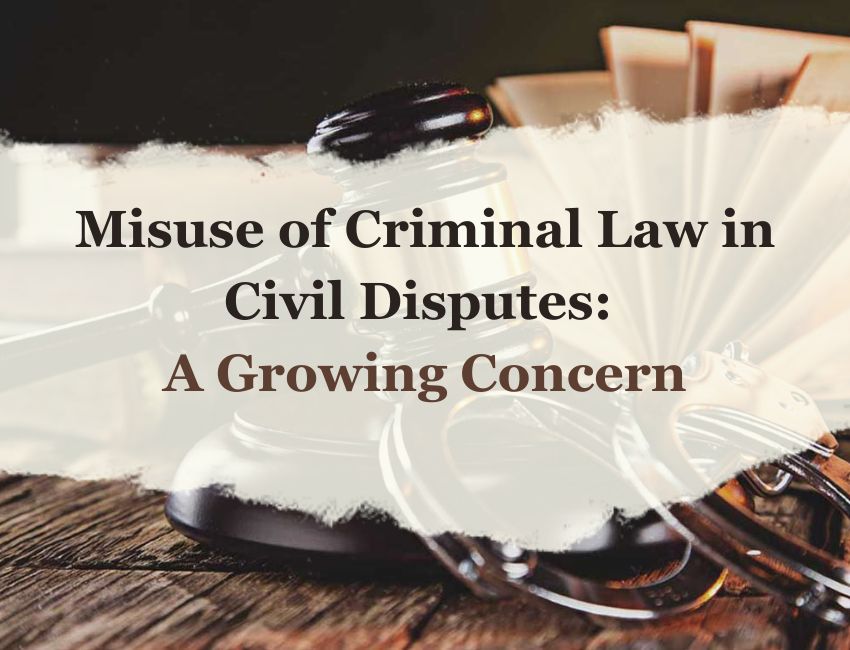J.V. Gupta, J.@mdashThis judgment will also dispose of FAO. No. 448 of 1983, as both these appeals arise: out of the same award of the Motor Accidents Claims Tribunal, Ludhiana (hereinafter called ''the Tribunal''), dated April 15, 1933.
2. The accident took place on May 15, 1979, when Shivaji Rao Jagtap who was working as a Soil Physicist at Mahatma Phule Krishi Vidyapeeth, Rahuri, District Ahmednagar, Maharashtra, and had come to Ludhiana on deputation for completing his Ph.D. course, going on foot on the Ludhiana-Ferozepur Road while crossing the road near Aarti Cinema, Ludhiana, was struck by the tempo bearing registration No. MHP 226 which was being driven rashly and negligently at a high speed and came from the Punjab Agricultural University side by Santokh Singh, Respondent No. 2 (in the claim petition). As a result, he sustained a number of grievous injuries and succumbed to them on the spot. The claim petition was filed by his widow Vijay Laxmi and her three minor children. According to them, the deceased had a monthly income of Rs. 2,200/- at the time of his death and was aged 47 years. They were dependent upon him and, thus, they claim compensation to the tune of Rs. 5,26,000/- . The Respondents in their written statements denied the allegations made in the claim petition. Respondent No. 1, Delhi Automobiles Private Ltd., alleged that it was not liable at all as it had no concern with the offending vehicle. It was further alleged that on the day of the occurrence, Santokh Singh, Respondent No. 2, was on leave for the second half-day. It also denied the income of the deceased for want of knowledge. Santokh Singh, Respondent, denied the allegation of his having caused the accident by driving the offending tempo. It was pleaded that he was neither driving the said tempo nor he had any knowledge if the same had met with an accident. Amar Singh, Respondent No. 3, took the plea that he was not the owner of the tempo, nor Santokh Singh, Respondent, was ever employed by him as a driver. Santokh Singh, Respondent, was an employee of the Delhi Automobiles Private Ltd. at the time of the accident. On the pleadings of the parties, the Tribunal framed the following issues:
(1) Whether the claimants were the dependents of the deceased Shivajirao Jagtap?
(2) Whether Shivajirao Jagtap died on account of the rash and negligent driving of tempo by Respondent No 2?
(3) If issue No. 2 is proved to what amount of compensation the claimants are entitled and from whom?
(4) Relief.
Under issue No. 1, it was held that all the claimants who were the widow and the sons of the deceased, were dependent upon the income of the deceased. Under issue No. 2, it was concluded that the deceased had died on account of the rash and negligent driving of the tempo by Santokh Singh, Respondent. Under issue No. 3 the amount of compensation was determined at Rs. 1,76,000/- . The dependency of the deceased was held to be Rs. 16,000/- per annum and the multiplier of eleven was applied thereto. As regards the liability for the payment of the said amount, the Tribunal found that since the vehicle, tempo No. MHP 226 was sold by Delhi Automobiles to Amar Singh, Respondent, vide invoice No. 790, dated May 11, 1979, copy, Exh. R-l, it was Amar Singh, being the owner of the tempo who was liable for the payment of the compensation. Consequently, the sum of Rs. 1,76,000/- was determined as the compensation which was to be paid by Santokh Singh, driver, and Amar Singh, the owner of the tempo jointly and severally. Dissatisfied with the same, F.A.O. No. 448 of 1983 has been filed by Amar Singh on the ground that he was not the owner of the offending vehicle at the time of the accident as its delivery was never given to him by that time. Moreover, Santokh Singh, Respondent, who is alleged to be the driver of the tempo was never in his employment; rather he was a regular employee of the Delhi Automobiles. Therefore, the liability, if any, was that of the Delhi Automobiles. F.A.O. No. 953 of 1983 has been filed by the claimants for the enhancement of compensation and also for holding the Delhi Automobiles liable for payment of the compensation.
3. Mr. Gurbachan Singh, the Learned Counsel for Amar Singh, Appellant, submitted that it is not disputed that Santokh Singh who was driving the offending tempo was in the regular employment of the Delhi Automobiles as is evidenced by Exh. R-6. According to him, the application for the half-day leave by Santokh Singh on May 15, 1979, copy, Exh. R-5, was manipulated by the Delhi Automobiles. Moreover, argued the Learned Counsel, the delivery of the tempo was never given to Amar Singh and there was no documentary evidence for the same. Even the number of the tempo was the same at the time of the accident, and the vehicle was never got registered by Amar Singh, Respondent. Thus, argued the Learned Counsel, the whole liability, if any, was that of the Delhi Automobiles.
4. After hearing the Learned Counsel for the parties and going through the relevant evidence on the record, I find force in the contentions raised on behalf of the Appellant.
5. In paragraph 17 of the claim petition, it was pleaded by the claimants that the Delhi Automobiles and Amar Singh were the owners of the offending vehicle. In the written statement filed on behalf of the Delhi Automobiles, it was stated:
Para 17 of the petition is wrong and denied. Amar Singh was the owner of the vehicle having purchased the same from the answering Respondent on 11.5.1979 and the answering Respondent had no concern with the same.
6. Capt. N.F- Uppal, Manager, Delhi Automobiles Private Limited, Faridabad, appeared as RW 1. Though he produced invoice No. 790 dated May 11, 1979, copy, Exh. R-l and the receipts regarding the amounts received from Amar Singh, Exhs. R-2 and R-3, yet did not produce the register maintained when a vehicle after sale is delivered to the purchaser and is taken out from the company. That was the most relevant piece of evidence to show that as to when the delivery of the offending vehicle was made to Amar Singh. It is not disputed that Amar Singh wanted to purchase this vehicle after having been financed by the State Bank of India, Ludhiana Branch. This delivery was to be given by the Delhi Automobiles. The tempo was financed to the Delhi Automobiles on behalf of Amar Singh, Respondent, by the State Bank of India. Amar Singh, Respondent, could be held liable only if the delivery was given to him before the accident had taken place on May 15, 1979. What the Delhi Automobiles has produced on the record is invoice, copy, Exh. R-l and the receipts, Exhs. R-2 and R-3, which do not show that the vehicle was actually delivered to Amar Singh by May 15, 1979. It could not be disputed that ordinarily, the ownership will pass to the buyer only when the vehicle is delivered to him. The mere payment of the price was of no consequence because it is the common practice that the price is paid in advance in order to get the delivery of the vehicle. Capt. N.K. Uppal, RW 1, admitted in his cross-examination that till the vehicle is delivered, it stands in the name of the Delhi Automobiles Limited. As observed earlier, at the time of the accident, the offending vehicle had the same number which stood in the name of the Delhi Automobiles. He also admitted that a register is maintained at the Delhi Automobiles, Ludhiana, when a vehicle after sale is delivered to the purchaser and is taken out from the company, but he had not brought the register that day though it was in possession of their concern. In the absence of material evidence it can be safely concluded that no delivery was given to Amar Singh, Respondent, on whose behalf the payment had been made by the State Bank of India vide copy of the receipt, Exh. R-2 dated April 27, 1979.
7. Santokh Singh, Respondent, is the person who was challenged for rash and negligent driving though acquitted by the criminal court. He was admittedly in the regular employment of the Delhi Automobiles. Capt. N.K. Uppal, RW 1, has stated that Santokh Singh, Respondent, was present in their office in the first half of May 15,1979, but according to him, he was on leave for the second half. He had also received his leave application, copy, Exh. R-5. Thus, there is nothing on the record to show that Santokh Singh was ever employed by Amar Singh, Respondent. He being in the regular employment of the Delhi Automobiles, his getting leave for the second half of May 15,1979, was of no consequence and it does not absolve the company of their liability. It was held by the Full Bench of this Court in
8. In FAO. No. 953 of 1983, filed on behalf of the claimants, it was pleaded that even if the dependency of the deceased be accepted to be Rs. 16,000/- per year, even then the multiplier of eleven was most inadequate; particularly in view of the facts and circum-stances of this case when the deceased left behind his widow and three minor children. There is force in this contention.
9. On the facts and circumstances of this case, the suitable multiplier should have been sixteen. Thus, the total amount of compensation comes to Rs. 2,56,000/- . The claimants would also be entitled to the interest at the rate of 12 per cent per annum from the date of the accident till its realisation. The said amount would be payable by Santokh Singh, Respondent, and the owners of the vehicle, the Delhi Automobiles, in the proportion as under:
| (1) | Vijay Laxmi Shivajirao Jagpat | Rs. 1,46,500/- |
| (2) | Shekhar Shivajirao Jagpat | Rs. 36,500/- |
| (3) | Ranjit Shivajirao Jagpat | Rs. 36,500/- |
| (4) | Amar Shivajirao Jagpat | Rs. 36,500/- |
10. Consequently, both the appeals succeed and are allowed with costs. The claimants will be entitled to the compensation as indicated and as regards the sons the directions given in the award shall be enforced.

